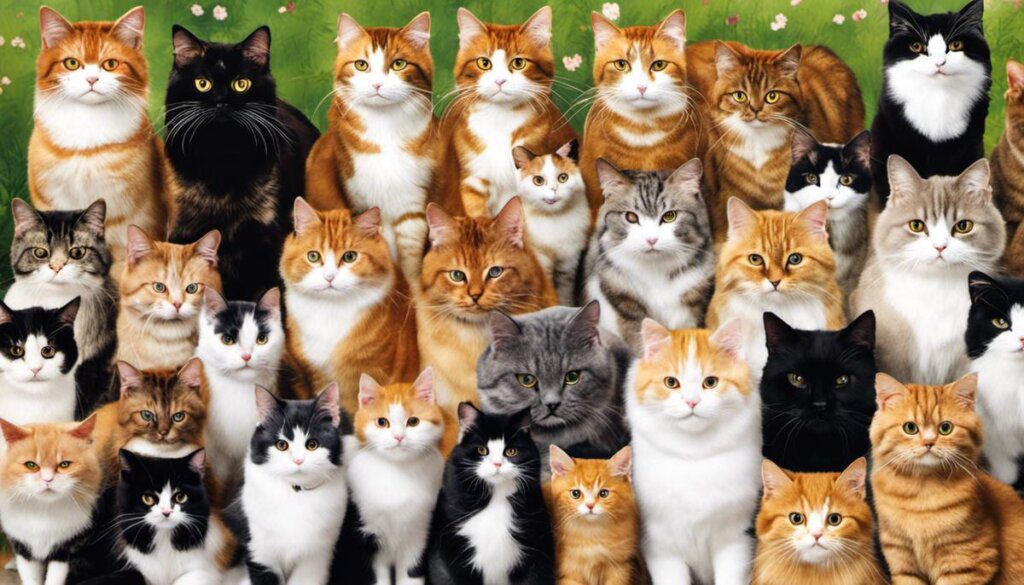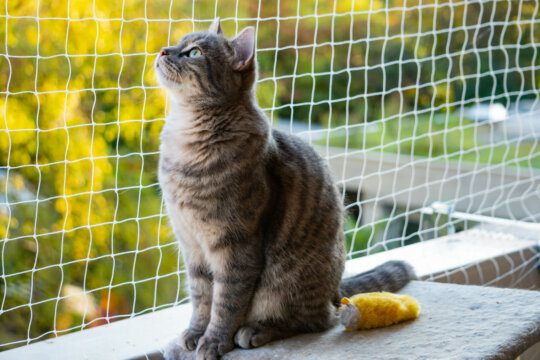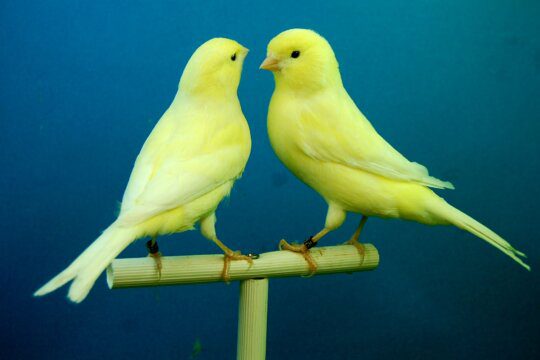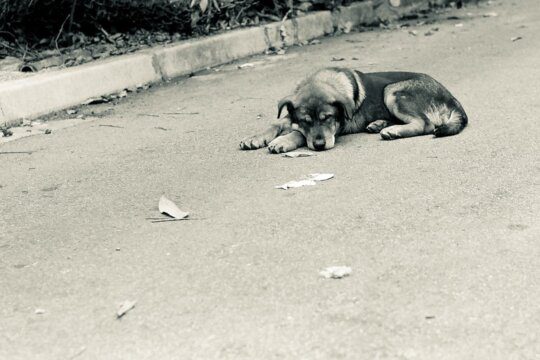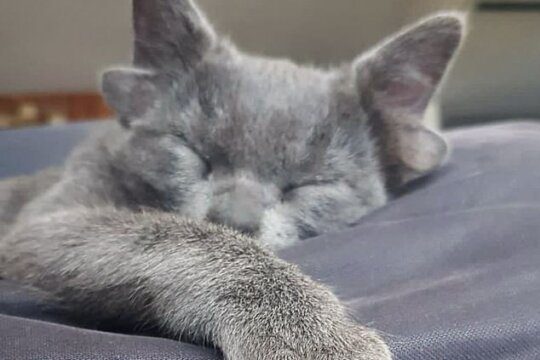Japan, an island country known for its intricate culture and ancient traditions, has a rich feline history which is deeply entwined with its folklore and societal fabric. This text not only delves deep into the origin of Japanese cat breeds but also explores the profound impact these felines have had on the Japanese society. From the bobtailed varieties to the charming Munchkins, Japanese cat breeds are more than just adorable companions, they carry unique traits and fascinating tales. We will peel back the layers of physical attributes, personalities, and health propensities while also gleaming insights into the profound influence of geography on their development.
Understanding the Origin of Japanese Cat Breeds
The Fascinating Origin and Evolution of Japanese Cat Breeds: An Insightful Look
If there’s one thing that’s universally acknowledged, it’s the irresistible charm of a purring, cozy cat. Today, let’s go on a journey to the enchanting land of Sakura, Japan, where we will unravel the mystic evolution of Japanese cat breeds. Novices and connoisseurs alike will find this tale utterly captivating, filled with unique traits and astonishing appeal, borne from centuries of careful lineages.
The origination of domestic cats across Japan can be traced back to the 5th century. Ancient pottery from the Jomon period (10,000 B.C. to 300 A.D.) suggests that wildcats were prevalent and hunted for their fur. However, it was only in the Yayoi period (300 B.C. to 300 A.D.) that evidence of cat domestication surfaced in Japan.
At that time, cats were highly prized for their capabilities in warding off rodents, particularly in silkworm farms where rodents posed a significant threat to production. Thus marked the advent of a symbiotic relationship between man and feline, resulting in the gradual formation of the distinctive Japanese cat breeds over the centuries.
Much of the evolution of Japanese cat breeds happened in isolation due to Japan’s island geography, resulting in truly unique breeds. There are three native cat breeds in Japan recognized by different cat breeding associations worldwide; the Japanese Bobtail, the Kurilian Bobtail, and the Japanese Shorthair.
Japanese Bobtails, identified by their distinctive “bunny tail,” are one of the oldest Japanese cat breeds. Stealthy hunters, they were originally kept as symbols of good luck. Today, they remain prevalent in Japanese art and folklore. It’s said that the ubiquitous ‘Maneki-neko’ or ‘beckoning cat’, thought to bring good fortune, is modelled after the Japanese Bobtail.
Next, the beautiful Kurilian Bobtail, native to the Kuril Islands of Russia and Hokkaido in Japan, is distinguished by its well-muscled physique, wild look, and plush pompom tail. They are adept hunters with a calm demeanor making them marvelously versatile pets.
On the other hand, Japanese shorthairs are often mistaken for common alley cats due to their ubiquitous short slick fur. However, their lineage is as noble as other Japanese breeds. Known for their affectionate nature and robust health, they have become increasingly popular pets all around the globe.
The tightly controlled import policies by the Japanese government relating to foreign breeds assisted in preserving the unique genetics and lineage of these cats. Today, these breeds offer an aesthetic and playful charm steeped in historical significance, enhancing the lives of pet owners and cat enthusiasts worldwide.
From being revered as symbols of luck to staking their claim in the hearts of cat lovers, the journey of Japanese cat breeds is truly a tale worth knowing. Their distinctive features, rich history, and deep-rooted Japanese cultural relevance make them a fascinating subject for cat aficionados everywhere. So, whether the next addition to your home is a Kurilian’s plush pompom tail, a Japanese shorthair’s sleek silhouette, or a Japanese Bobtail’s lucky charm, remember – each carries a lineage as rich and captivating as the Land of the Rising Sun itself.

Profile of Popular Japanese Cat Breeds
Heading straight into the meat of the matter, we’ll explore the distinguishing features, temperaments, and health concerns associated with different Japanese Cat Breeds. As we know, the three native breeds in Japan are the Japanese Bobtail, the Kurilian Bobtail, and the Japanese Shorthair. But just what sets them apart from each other and the rest of the cat world? Let’s find out.
Anyone with a penchant for details, ever noticed the tail of a Japanese Bobtail? It’s short and often appears as a pom-pom. The tail is naturally occurring and happens to be the breed’s foremost distinguishing feature. A spotlight stealer, indeed. From the color perspective, these felines flaunt different combinations, with tri-color or “Mi-ke” being the most popular. Nose to tail, they are medium-sized cats with long, lean muscles giving them the appearance of typical athletes in the cat world!
Sleek and slender, the Japanese Shorthair exhibits a lithe physique, enveloped in a single-layered coat that is streamlined to its body. This breed presents a variety of solid and bicolor patterns, plus a few tabby variations.
Now, onto the Kurilian Bobtail. This breed carries the bobbed tail gene, like the Japanese Bobtail. But the difference lies in their robust, powerful bodies and semi-cobby stance. Exploring the color palette, you can lay your eyes on anything from solid and color point to a miscellany of tabby patterns.
Temperament-wise, how do these “land of the rising sun” breeds fare?
Japanese Bobtails are notorious for their playful and energetic nature. They are interactive and tend to follow humans around. These curious creatures love to explore and easily adapt to new environments.
Japanese Shorthairs, on the other hand, exude tranquility and a great deal of affection towards their humans. They appreciate quiet and calm households, conveniently making room for themselves in the hearts of every family member.
Kurilian Bobtails are resourceful and independent yet extravagantly outgoing and good-natured. Known as hunter cats, they bear the pursuit instinct strong within them. Yet, they never miss a chance to snuggle up with their human companions.
Now for the health concerns. By and large, Japanese cat breeds stand out for their sound health. Their stolid genetics ensure their robust health. Although no breed can guarantee free from congenital or inherited disorders, these breeds have witnessed very few genetic problems. The Japanese Bobtail and Japanese Shorthair have no specific health issues. However, the Kurilian Bobtail might occasionally exhibit certain heart conditions that need attention.
These distinctive features, temperaments and health-related traits easily set Japanese cat breeds apart, attesting to their unique evolution and preserved lineage. Whether it’s the athletically appealing Japanese Bobtail, the serenely affectionate Japanese Shorthair, or the robust and friendly Kurilian Bobtail, one thing is clear: these cat breeds are a treasure trove of rich genetics, myriad expressions, and enthralling stories of companionship for cat lovers worldwide. Indeed, the magic of Japanese cat breeds remains ever-engrossing, ever-enchanting!
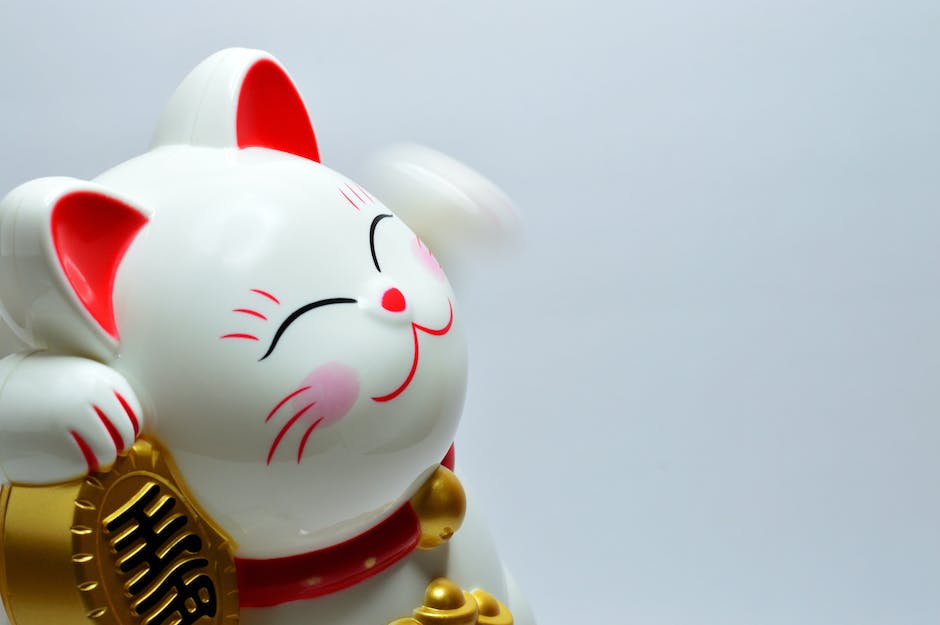
Exceptional Traits of Japanese Cat Breeds
Delving deeply into the world of Japanese cat breeds takes us into an alley filled with fascinating features and distinctive traits that set these captivating felines apart from their global counterparts. Each breed, intricately gnarled by unique genetics and evolution, tells a thrilling story of diversity, cultural charm, and expressive personality traits, providing copious reasons for their broad appeal.
Certainly, each breed has its hallmark features, and for the Japanese Bobtail, its short, pom-pom tail stands out proudly. This tail, bent and kinked, gives off the impression of a rabbit’s tail, a spectacle that adds to their overall appeal. It’s no wonder the Japanese Bobtail remains a sight to behold in cat shows around the world. Beyond this peculiar tail, these cats come in a variety of color variations, sometimes resembling the color palette of an artist’s canvas. This diversity, ranging from Japan’s unique Mi-Ke trio-colored cat to the stunning monochromatic black or white cats, adds to the allure of Japanese Bobtails.
Transitioning away from the Bobtail, the Japanese Shorthair captures attention with its sleek and elegant physique. These cats are like the epitome of feline grace, their streamlined bodies and tightly muscled form reminiscent of agile athletes. Their coat patterns, ranging from solid to tabby and tortoiseshell variations, provide visual appeal while their elegantly tapered tails create a balance with their athletic bodies.
Similarly, the Kurilian Bobtail captivates with its robust body and semi-cobby stance. Not to be confused with the more dainty Japanse Bobtail, the Kurilian is like a bodybuilder with a aspect of gentle grace. Their coat colors and patterns are much like a beautiful patchwork, with enticing variations that include tortoiseshell, color point, and solid hues among others.
No discussion of Japanese cat breeds is complete without a delve into their temperaments. The lively, playful, and energetic nature of the Japanese Bobtail often gives the impression of a perennial kitten. Such zestful demeanor makes them a beloved choice for those seeking vibrant companions. By contrast, Japanese Shorthairs are the embodiment of tranquility and affectionate nature, absolute jewels of serenity. The Kurilian Bobtail, on the other hand, strikes a perfect balance between resourcefulness, independence and an outgoing personality.
Health is often a primary concern for cat enthusiasts. Thankfully, Japanese cat breeds are typically quite robust, with Bobtails and Shorthairs showing a lack of specific, breed-related health issues. The Kurilian Bobtail, while mainly healthy, can however sometimes suffer from heart conditions. As always with pets, it’s important to promote health checks to ensure wellness and long life.
Finally, acknowledging the enthralling companionship offered by these felines and their preservation due to selective and protected breeding efforts is crucial. Their tales of companionship, their powerful symbolism, and their cultural significance have been instrumental in maintaining their genetics and lineage, resulting in the captivating Japanese cat breeds we adore today. Their endless appeal, undisputed charm, and captivating presence make the Japanese cat breeds a treasure in the feline world. Newcomers or seasoned cat enthusiasts, there is always something new and awe-inspiring to learn about these wonderful creatures.
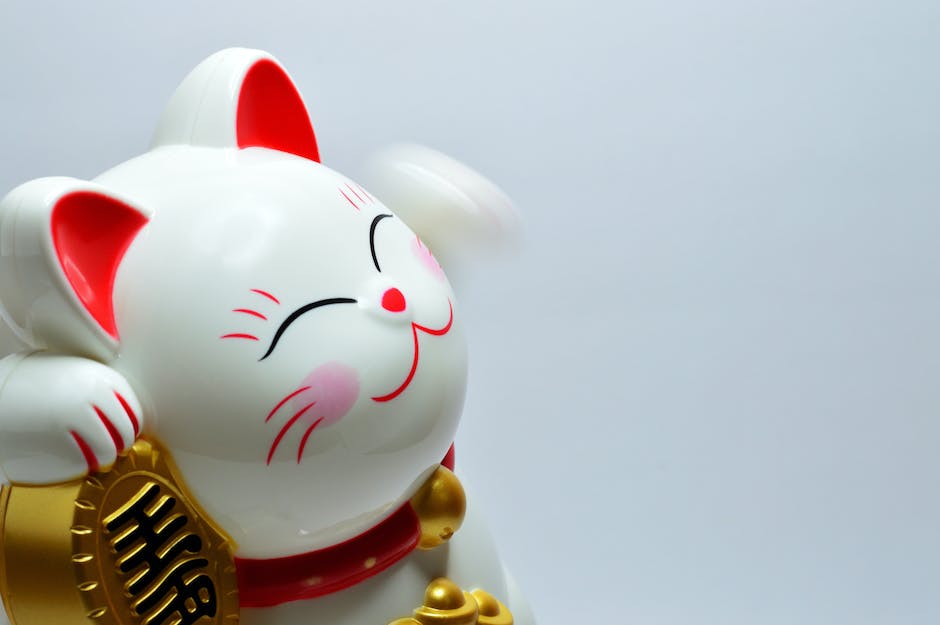
Maintaining the Health and Welfare of Japanese Cat Breeds
Delving further into the specifics of Japanese cat breeds invites a greater appreciation for their distinct qualities, care needs, and potential health concerns. Proper care stems from an in-depth understanding of each breed. It’s been said that caring for these feline friends isn’t daunting, but calls for attentiveness to sustain their health and well-being.
Unraveling the distinct features and needs of Japanese cat breeds always circles back to how their evolution led to their defining traits, physique, and even health statuses. The Japanese Bobtail’s short and fluffy tail, for example, which can be likened to a hare’s foot or a teapot’s spout, doesn’t introduce any spinal issues, unlike in other bobtail breeds.
While their playful nature demands regular engagement and stimulation with toys and games, Japanese Bobtails also relish quieter times. Their diet should be carefully managed to maintain their health and prevent obesity, which they are prone to. Japanese Bobtails are also generally healthy with robust immunities, though annual check-ups are encouraged to maintain this.
Zeroing in on the Japanese Shorthair’s sleek physique, these felines are the epitome of grace and fluidity. Their coat patterns vary but are often a monochrome or bicolor. Their fur is short and dense, presenting minimum grooming needs. Shorthairs are known for their tranquil, affectionate demeanors, which makes them superb companions for owners who desire a less demanding feline.
In terms of health, it’s noteworthy that Japanese Shorthairs aren’t predisposed to any specific breed-related issues. They carry a reputation of being hearty, but regular vet visits are still a must to detect any health problems early. Remember, these cats do love their treats, so a balanced diet and exercise are key to prevent obesity.
Lastly, the sturdy, robust body of a Kurilian Bobtail is quite eye-catching, with their semi-cobby stance, round head, and distinct short tail. Despite their muscular appearance, they’re pretty low-maintenance in terms of grooming, thanks to their medium-length coat.
Their temperament strikes a perfect balance – they’re independent yet outgoing, never refusing a good play session. As far as health goes, they’re generally robust, but occasional heart conditions have been known to occur. These instances highlight the importance of regular vet check-ups to ensure heart health.
Despite the challenges, the joy and companionship these breeds bring have furthered their popularity among cat enthusiasts. Their symbolism in the Japanese culture has preserved their breed, making them cherished pets around the world. However, it’s key to remember that preserving their lineage isn’t just about increasing their number, but also maintaining their unique traits and promoting their health conditions.
Whether one is championing the playful energy of a Japanese Bobtail, the tranquil aura of a Japanese Shorthair, or the balanced temperament of a Kurilian Bobtail, understanding and meeting their specific care requirements is vital. Doing such contributes to their continued existence, highlighting their unique attributes in the world of cat breeds.
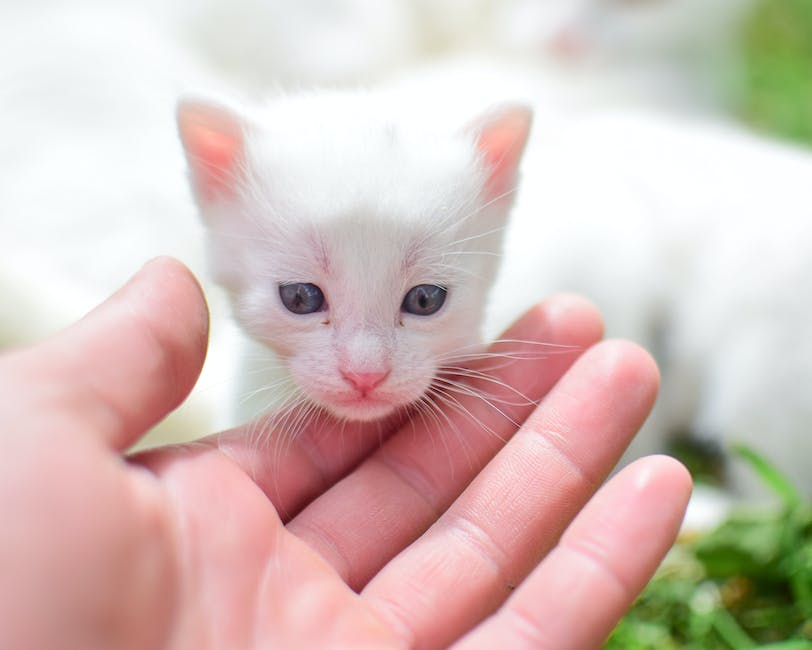
Japanese Cat Breeds as Pets at Home
Enthusiasts of Japanese cat breeds bring with them a unique blend of features, temperaments, and genetics richly influenced by their history. These adorable felines’ maintenance, care needs, and health considerations often reflect their diverse origins. Let’s delve into some specifics, shall we?
We start with the Japanese Bobtail, a petite stunner adorning a fluffy, pompom-like tail, setting herself apart in the cat world. Unlike other bobtail breeds, the Bobtail’s short tail doesn’t predispose them to spinal issues. When you look at them, you will most likely be reminded of fluffy snowballs. Quite a sight!
If you’re thinking about adopting a Japanese Bobtail, remember, they are energetic and playful. They’ll chase toys, scoot around corners, and even chat with you in their soft, chirping voice! In terms of care, maintaining a balanced diet is crucial to prevent potential weight issues. Who wouldn’t succumb to those pleading eyes begging for an extra treat or two?
Moving on to the Japanese Shorthair, the epitome of elegance and tranquility. Its sleek physique, accentuated by varied coat patterns, exudes a certain charm that’s hard to miss. An added bonus – their short coat requires minimal grooming. Oh, the joy of not finding your clothes, couch, or bed covered in cat fur!
You’d be glad to know that the Japanese Shorthair breed does not seem to suffer from the breed-related health issues, making them a rather robust breed. However, like all pets, keeping up regular vet visits is essential to keep an eye on any early signs of issues that may arise.
Then there’s the stout and sturdy Kurilian Bobtail featuring a semi-cobby stance. An interesting blend of fiercely independent yet surprisingly sociable. Despite their chunky physique, their grooming needs are quite manageable.
However, there’s a little caution needed here. The Kurilian Bobtails can sometimes be susceptible to heart conditions. Regular vet check-ups are essential, particularly to monitor heart health. Remember, early detection and timely intervention can help manage many conditions effectively.
The allure of Japanese cat breeds goes beyond their unique appearance. Their fascinating mix of traits is a testament to their unique evolution and origins. It’s no surprise, then, that they’re increasingly popular worldwide. The critical aspect, though, is understanding each breed’s care requirements. Customizing their environment, managing playtime, diet, and healthcare based on their specific needs will ensure a happy and healthy life for your feline friend.
Preserving and propagating these enticing Japanese cat breeds isn’t just about companionship. It’s symbolically significant too, keeping alive a piece of Japan’s rich culture! So, hopefully, this gives you deeper insight into these delightful Japanese cat breeds’ world. Happy adopting!

Photo by miklevasilyev on Unsplash
Through this exploration of Japanese cat breeds, their origin, attributes, and relationship with Japanese culture, we’ve unearthed some of the most intriguing and delightful features that make these furry companions uniquely charming. Owning a pet is a responsibility that comes with the joy of companionship. Thus, understanding the health needs, social compatibility, and unique behavior of these breeds is a valuable resource for those considering inviting these loving creatures into their homes. Every cat breed offers a distinct personality and knowing the specific characteristics of Japanese breeds will help prospective pet owners create a fulfilling and harmonious environment for their new family member.
